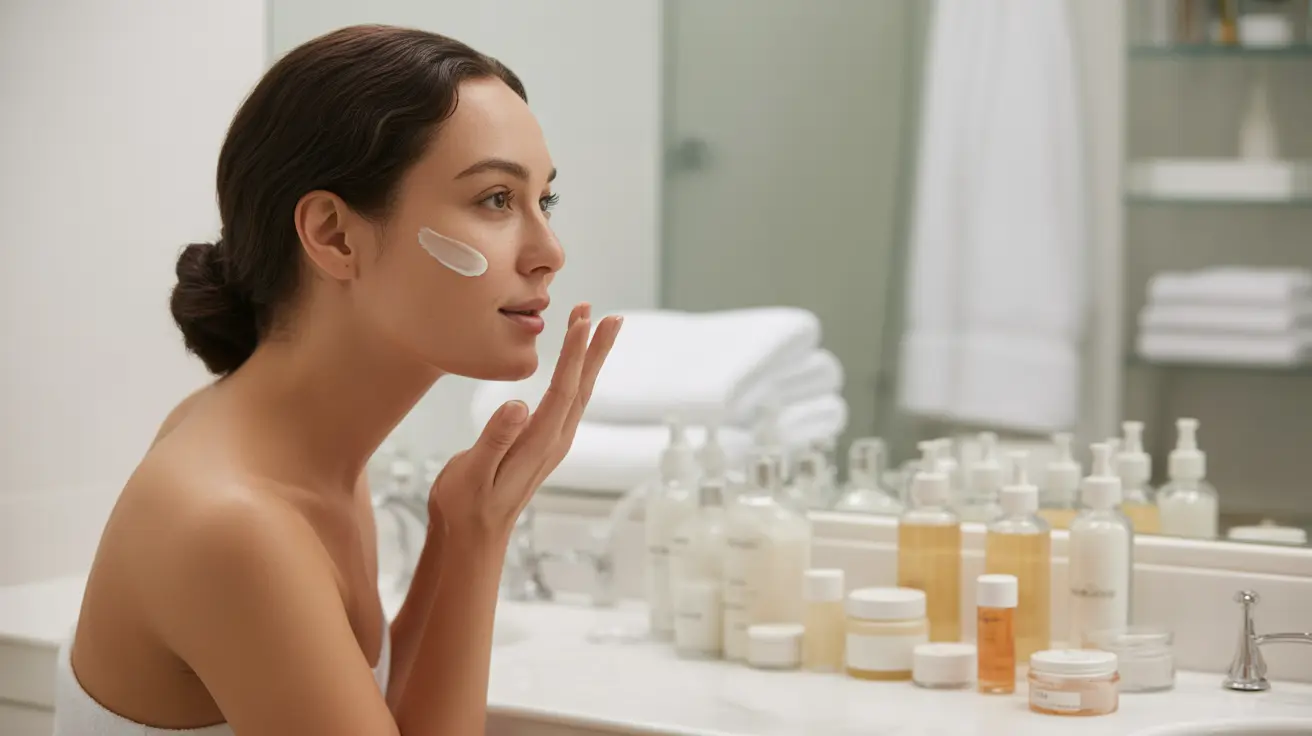Hormone replacement therapy (HRT) can bring various changes to your body, including effects on your skin. While HRT helps many people manage menopausal symptoms or support gender transition, some individuals may experience acne as a side effect. Understanding the relationship between HRT and acne is crucial for managing this common concern effectively.
If you're experiencing acne while on HRT, you're not alone. This article explores why these breakouts occur, how to manage them, and when to seek professional help. With the right approach, it's possible to maintain clear skin while continuing your necessary hormone therapy.
Understanding Why HRT Can Cause Acne
Hormone replacement therapy works by adjusting hormone levels in your body, which can directly impact your skin's oil production and cellular turnover. These changes can sometimes lead to acne breakouts, particularly during the initial adjustment period to hormone therapy.
The primary factors that contribute to HRT-related acne include:
- Increased sebum production
- Changes in skin cell turnover
- Hormonal fluctuations
- Alterations in the skin's bacterial balance
Common Areas for HRT-Related Breakouts
HRT-associated acne often appears in specific areas of the face and body:
- Chin and jawline
- Forehead
- Lower cheeks
- Neck area
- Upper back
Managing Acne During HRT Treatment
There are several effective strategies for managing acne while continuing necessary hormone replacement therapy:
Skincare Routine Adjustments
Developing a proper skincare routine is essential for managing HRT-related acne:
- Use gentle, non-comedogenic cleansers
- Apply oil-free moisturizers
- Include products with salicylic acid or benzoyl peroxide
- Avoid heavy or pore-clogging products
- Maintain consistent morning and evening routines
Medical Interventions
When over-the-counter treatments aren't sufficient, medical interventions may help:
- Topical retinoids
- Prescription antibiotics
- Specialized acne medications
- Professional facial treatments
Prevention Strategies
Taking proactive steps can help minimize acne breakouts during HRT:
- Regular facial cleansing
- Healthy diet maintenance
- Stress management
- Adequate hydration
- Regular exercise
When to Consult a Healthcare Provider
It's important to know when professional help is needed. Consider consulting a healthcare provider if:
- Acne becomes severe or painful
- Over-the-counter treatments aren't effective
- Breakouts are affecting your mental health
- You develop cystic acne
- Scarring begins to occur
Frequently Asked Questions
What causes acne during hormone replacement therapy (HRT)? Acne during HRT typically occurs due to hormonal fluctuations that affect sebum production and skin cell turnover. These changes can lead to clogged pores and increased bacterial growth, resulting in breakouts.
How can I manage or treat acne caused by testosterone or estrogen in HRT? You can manage HRT-related acne through a combination of proper skincare routines, over-the-counter treatments containing salicylic acid or benzoyl peroxide, and, if necessary, prescription medications from a healthcare provider.
Does hormone replacement therapy always lead to acne, and is it temporary? No, not everyone on HRT develops acne. When acne does occur, it's often temporary and tends to improve as your body adjusts to the hormone therapy. The duration and severity vary among individuals.
Why do menopausal women on HRT sometimes develop acne on their chin and forehead? Menopausal women on HRT may experience acne in these areas due to hormonal fluctuations affecting oil-producing glands. The chin and forehead are particularly sensitive to hormonal changes and have a high concentration of oil glands.
When should I see a dermatologist about acne related to hormone replacement therapy? Consult a dermatologist if your acne is severe, painful, or not responding to over-the-counter treatments, if you're developing scars, or if the breakouts are significantly affecting your quality of life.




